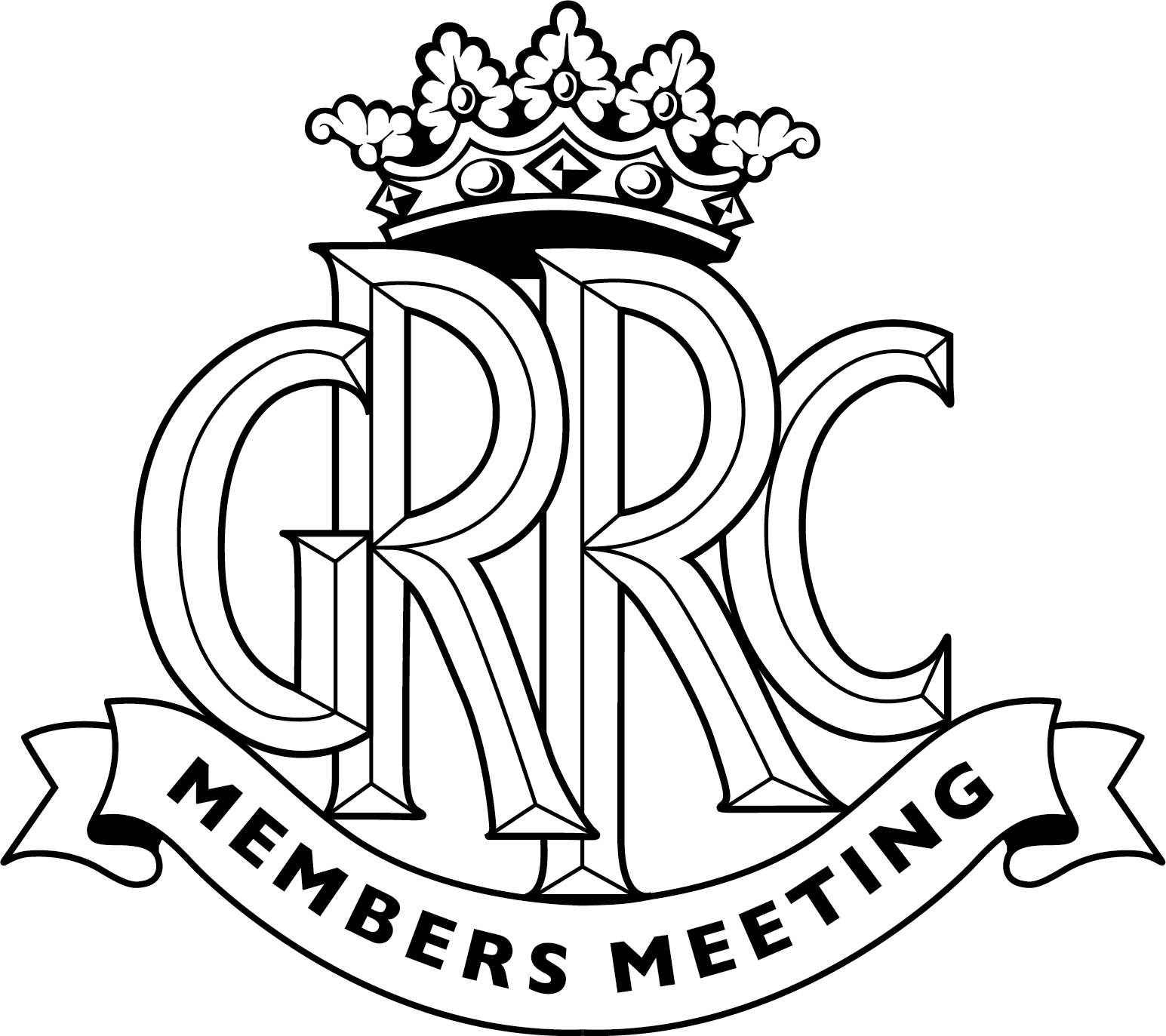First Drive: DS 7 Crossback
Citroën's DS or déesse (goddess) was launched in 1955 and remains the fastest-ever selling mass production car. Designed by Flaminio Bertoni and engineered by André Lefèbvre, it was the most extraordinary looking vehicle, described by philosopher Roland Barthes in his book Mythologies, as "the new Nautilus".

For years Citroën would send its PR leg breakers to any journalist daring to compare the company's cheap and ugly Xsara and Saxo models with the elegant DS (or even Citroën's practical tin-snail the 2CV), but these days more sensible heads rule the French roost and seem proud of their avant-garde past. In 2010, the DS name appeared on the front of a cheeky little supermini, the DS3, which sold like hotcakes at a hot-cake convention.
Less successful DS versions followed, the DS 4, 5 and the China-only 6 model, but undeterred, PSA Peugeot Citroën decided a couple of years ago to launch DS as an entirely separate, up-market brand.
This idea is not new and many non-premium car makers have been attracted to the thought of leveraging their economies of scale and spare production capacity to repackage cars with high-design ideals and luxury interiors against the premium German manufacturers. It's not been an unbridled success for any of them, but DS is eager to give it a try and plans a full model range with one new car a year for the next six years, which will be sold through its own dealer network.
DS 7 is its first attempt as a separate marque and enters one of the most over-crowded automobile markets in Europe; mid-sized SUVs. Its specification beams right into the heart of this ubiquity, with an all-steel monocoque with front, transverse-mounted engine and transmission, front-wheel drive (no 4x4 here) and MacPherson-strut front and multi-link rear suspension.
There are some differences, though. A first in this class is the DS’s active suspension system, which scans the road ahead recognises potholes and bumps and slackens off the damping in bump or rebound where appropriate to soften the car's passage. It's standard on the upper-specification diesel model and a £1,000 option on some lesser models.

As for the looks, well there's some merit in there, the egg-crate style grille for example, but it's hardly a stand-out design in the manner of the DS and if you don't put your specs on, you'll lose the DS 7 in a car park.
Inside, however, DS 7 follows the pattern set by its DS-badged predecessors; read different, mostly in a good way. With five reasonably comfy seats, head and leg room to spare all round, together with good amounts of storage space and three USB slots and WiFi connectivity, it matches the class standard. The boot has a two-position floor, which helps when loading and is a £150 option on lower-spec models, the rear seat back reclines and the key-less entry is standard on most models.
There are high-level materials and design and most of it is French in origin. While it's a bit fussy in places, it's also easy on the eye and pretty classy, especially at the penultimate Prestige trim level, which is likely to be the UK's favourite. Not-so-good bits include the horrible barrel-style radio volume dial, the clunky touch-screen graphics and the control logic, which isn't very easy to work out.
There's a lot of new equipment, too, which is optional or standard depending on the specification. There's a semi-autonomous driving package called Connected Pilot comprising intelligent cruise-control and lane-keeping assistance (£650 on all except the top model), which holds good position in lane, but can't manage this in the outside lane and also can't be adjusted for speed except when it is first engaged. There are adaptive LED headlamps with up to five different programs for different driving environments (adverse weather, town, country and so on), a 360-degree vision to aid parking, and an infra-red Night Vision system (up to £1,300 on all models), which works pretty well, clearly showing pedestrians in the driver's binnacle. None of it is particularly easy to adjust, though and some of the control priorities seem weird, such as ranking the adjustment of the display colours ('Sensorial Drive') the same as the adjustment of the headlamps.
Engines are a variation on three basic four-cylinder units, the 1.6-litre turbo version of the BMW/PSA Valvetronic petrol engine and 1.5-litre and two-litre turbodiesels. Transmission for the high-power units is an Aisin eight-speed automatic and there's a six-speed manual to come. In 2019, there will be a plug-in petrol-electric hybrid drivetrain available.

The top-model diesel, while quiet at idle, is noisy when the revs rise and it throws a lot of vibration into the cabin, mainly through the throttle pedal. It's powerful, though and with the eight-speed automatic, which slurs changes quickly and positively, it takes the sting out of long journeys.
You can only select the Active Scan system with Comfort suspension setting. That's logical enough, but this setting gives a weird over-centre feeling to the steering system and quite a lot of body float at speed. That said, potholes and sleeping policemen are comfortably accommodated by this highly effective system, which seems ideal for round-town travel.
Best for more ambitious travel plans is the Normal setting, which gives more natural-feeling steering, excellent bump absorption and well-controlled body roll. DS 7 isn't as sporting as say, Jaguar's E-Pace, or Porsche's Macan, but you can make good progress in it and (apart from the highly variable wind noise in the cars we tested), it's refined and quiet. Make note, however, that the 19-inch wheel option is the one to go for, as the 20-inch tyres set up a deafening racket.
With prices starting at £28,050 rising to £43,535 and a hefty options list (our test car was priced out at £45,535), it's difficult to see just who this car is aimed at and what it really offers over premium German rivals such as BMW's X1, Mercedes-Benz's GLA, or Audi's Q3. It drives reasonably well and the ride is comfortable, the cabin is certainly different, but from outside the DS 7 looks like a profoundly conventional mid-sized SUV. One feels the DS isn't quite living up to its promise here and that its future models will need to have the looks to match their cabins if this new kid on the block is to have any chance of success.
The Numbers
Engine: 1,997cc, four-cyl turbodiesel
Transmission: eight-speed torque converter automatic, front wheel drive
Bhp/lb ft: 180PS (176bhp) @ 3,750rpm/300Nm (295lb ft) @ 2,000rpm
0-62mph: 9.9sec
Top speed: 134mph
Price as tested: £45,505
DS Automobiles
DS 7
DS 7 Crossback





































































